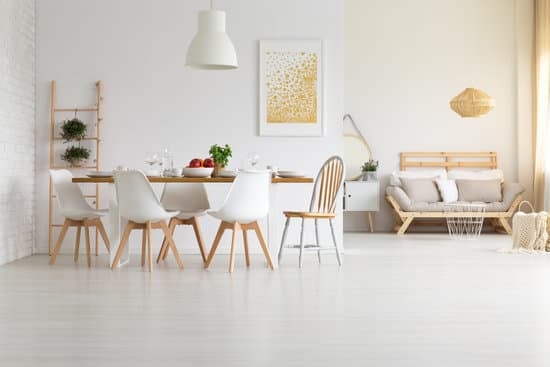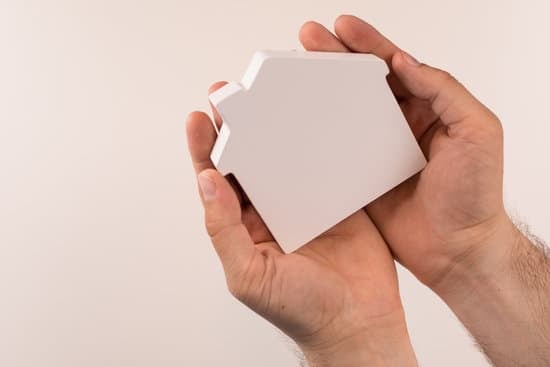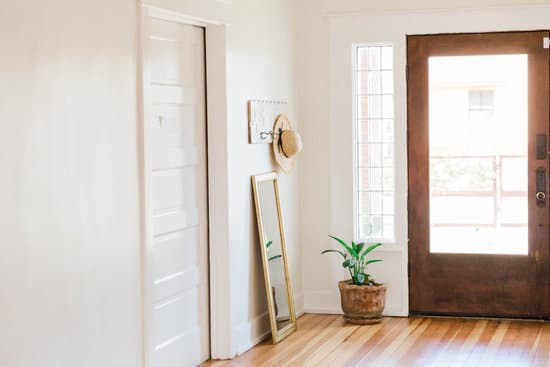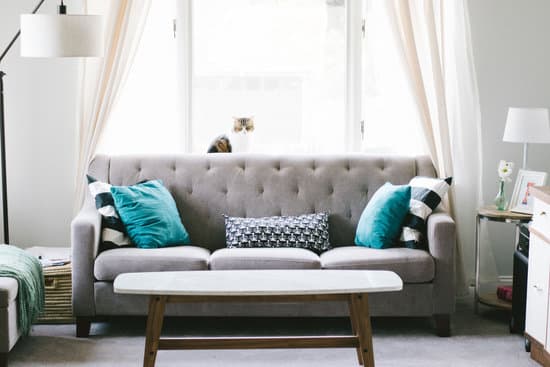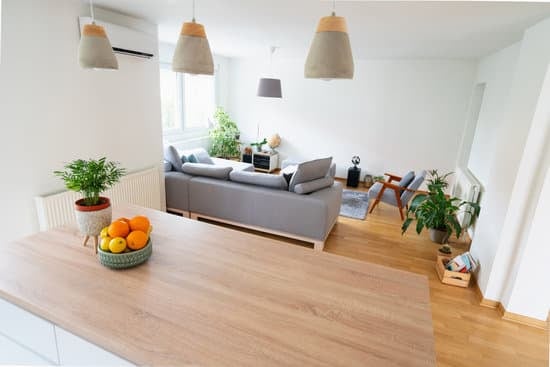What is a Montessori Bathroom?
A Montessori bathroom is a bathroom that has been designed with the principles of the Montessori method in mind. The Montessori method is an educational approach that focuses on the child’s individual growth and development. In a Montessori bathroom, the focus is on helping the child learn care of self practical life skills, such as brushing their teeth, handwashing, toileting, as well as washing their hair and body. This approach is especially useful for young children who are just starting to learn independence and are eager to take part in daily tasks. Here are some tips for creating a Montessori bathroom for your child.Creating a Safe Environment
The first step in creating a Montessori bathroom is to make it a safe environment for your child. Here are some ideas to consider:- Install cabinet locks to keep hazardous materials out of reach.
- Use non-skid mats in the bathtub and shower to prevent slips and falls.
- Ensure that all electrical outlets in the bathroom are covered.
Choosing Child-Friendly Materials and Tools
In a Montessori bathroom, it is important to choose materials and tools that are child-friendly and easy to use. Here are some ideas to consider:- Use small, lightweight soap bars that are easy for little hands to grip.
- Choose soft and absorbent towels that are gentle on your child’s skin.
- Consider purchasing a step stool to help your child reach the sink and toilet.
Interesting Read What Does a Seller Have to Disclose in Massachusetts? Your Guide to Real Estate Law
Encouraging Independence through Arrangement
Another key principle of a Montessori bathroom is to promote independence through arrangement. Here are some things to consider:- Store items at your child’s eye level so they can reach them easily.
- Label drawers and cabinets with pictures or words to help your child remember where things belong.
- Arrange your bathroom in a logical order from left to right so that your child knows what comes next.
Setting up a Child-Sized Sink and Mirror
One of the key features of a Montessori bathroom is a child-sized sink and mirror. Here are some tips to consider:- Install a shorter faucet that is easy for your child to reach.
- Place a small stool or platform in front of the sink to help your child reach the mirror.
- Hang a low-hanging mirror that your child can use while standing at the sink.
Promoting Hygiene as a Daily Routine
Another important aspect of a Montessori bathroom is to promote hygiene as a daily routine. Here are some tips to consider:- Encourage your child to wash their hands before and after using the bathroom.
- Teach your child to brush their teeth twice a day, morning and night.
- Remind your child to wipe themselves thoroughly after using the toilet.
Incorporating Natural Elements and Decor
To create a calming and relaxing environment, consider incorporating natural elements and decor. Here are some ideas:- Add plants or fresh flowers to bring the outdoors inside.
- Use natural materials like wood, stone, and bamboo for your bathroom accessories.
- Choose a calming color scheme that promotes relaxation.
Making Toileting Easier for Young Children
Finally, when it comes to toileting, there are some things you can do to make things easier for young children. Here are some tips:- Consider using a small potty chair that is easy for your child to use.
- Use wipes or a bidet attachment to make cleaning up easier.
- Provide plenty of positive reinforcement and praise for successful toileting.





